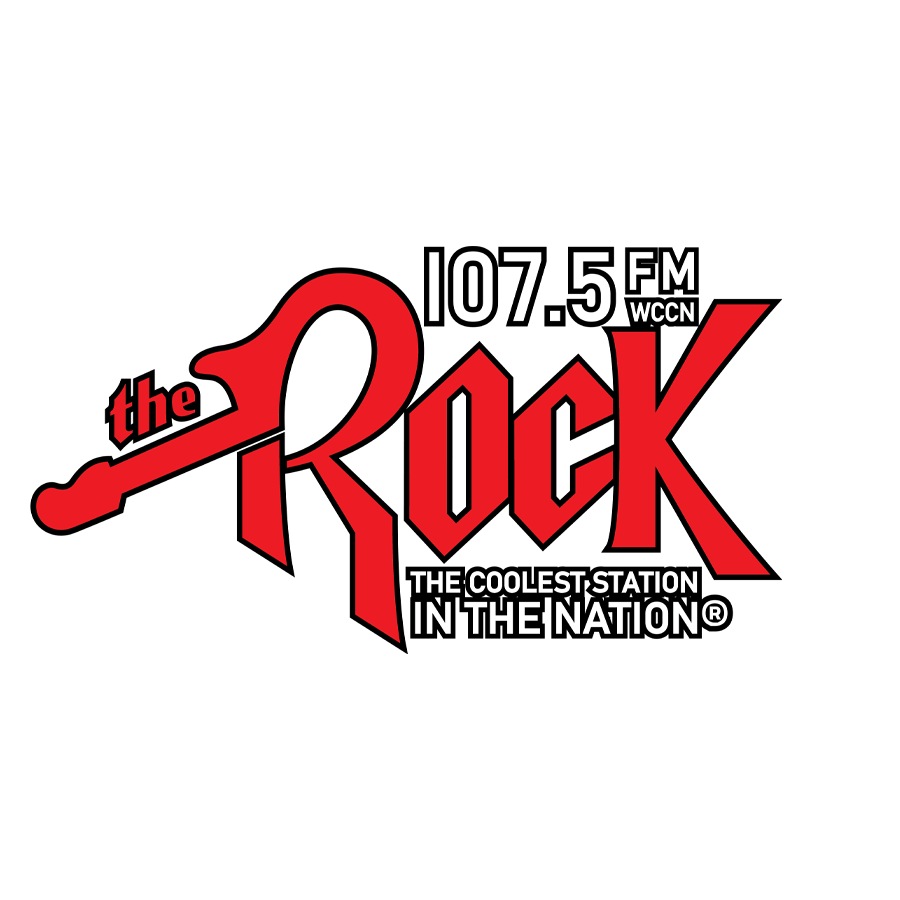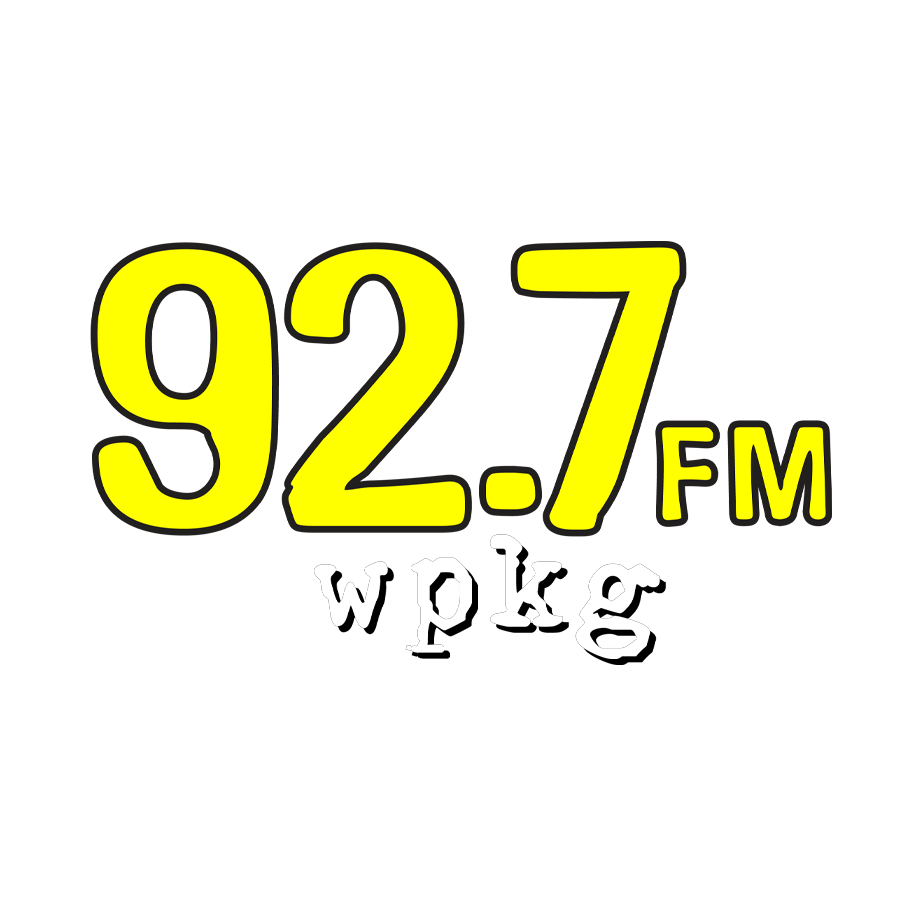Wisconsin to See a $4.1 Billion Investment for Six Transmission Projects
Friday, January 3rd, 2025 -- 9:00 AM
(Joe Schulz, Wisconsin Public Radio) Wisconsin is expected to see $4.1 billion of investment in the coming years from six transmission projects as part of the largest portfolio ever approved by the Midwest electric grid operator.
According to Joe Schulz with the Wisconsin Public Radio, the Midcontinent Independent System Operator, or MISO, in December approved 488 transmission projects that span 5,000 miles across 15 states, including a $21.8 billion portfolio of 24 long range transmission plans.
Six of those long-term reliability projects will be located entirely or partially in Wisconsin. They consist of two new transmission lines from Minnesota and Illinois, portions of other new lines, building new substations and upgrading existing substations, according to the Union of Concerned Scientists.
MISO estimates construction will generate between 4,000 and 12,257 jobs and between $817 million to $4.5 billion in economic output. “The renewable energy that will ultimately connect to these new transmission lines will bring additional jobs by the tens of thousands and infrastructure investments by the billions,” James Gignac, Midwest senior policy manager for Climate and Energy at the Union of Concerned Scientists, said in a statement.
The nonprofit Clean Wisconsin estimates MISO’s long range transmission projects will support at least 6.6 gigawatts of clean energy in Wisconsin, more than double the amount the state currently produces.
Ciaran Gallagher, Energy & Air Manager for Clean Wisconsin, said upgrades in transmission infrastructure and capabilities are critical to the transition toward renewable energy and away from fossil fuels.
In the past, fossil fuel-fired power plants were typically sited near large energy users, like big cities, because it was easy to transport electricity across a shorter distance, Gallagher said.
Now, she says clean energy resources, like solar or wind farms, need to be sited in more rural areas with space to accommodate wind turbines and thousands of solar panels.
“By relying on more renewable energy, we do need to be able to draw from different geographic areas and draw that electricity and move it across the footprint in bigger ways,” Gallagher said.
She said the lines approved by MISO in December are expected to come into service around 2032 or 2034.
Feel free to contact us with questions and/or comments.




